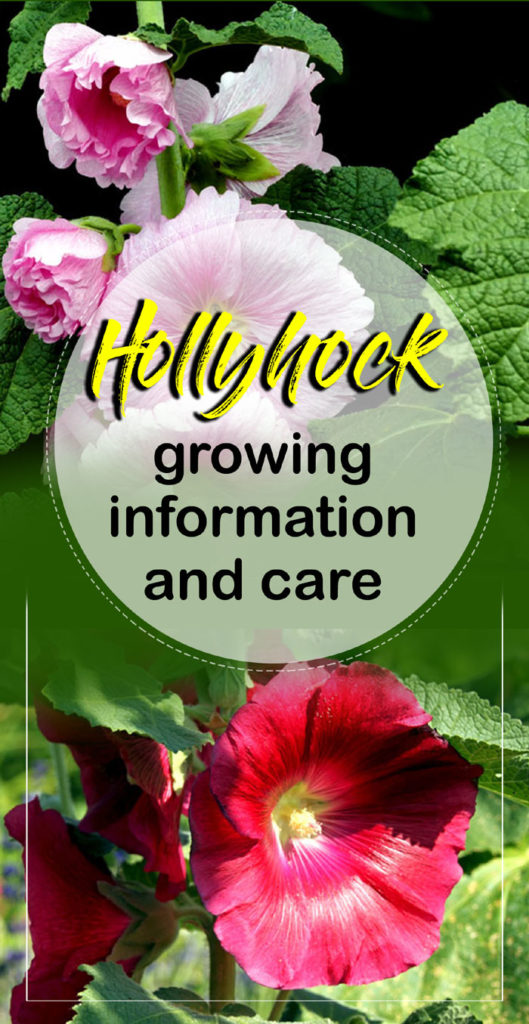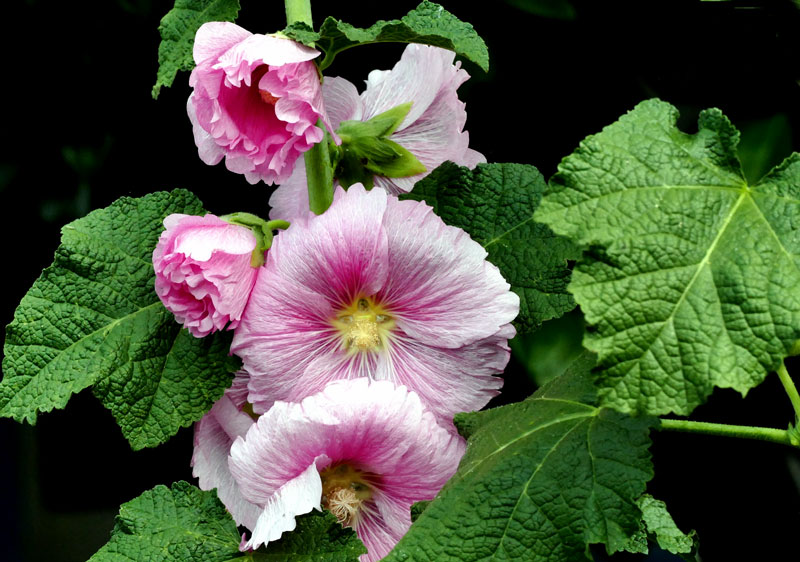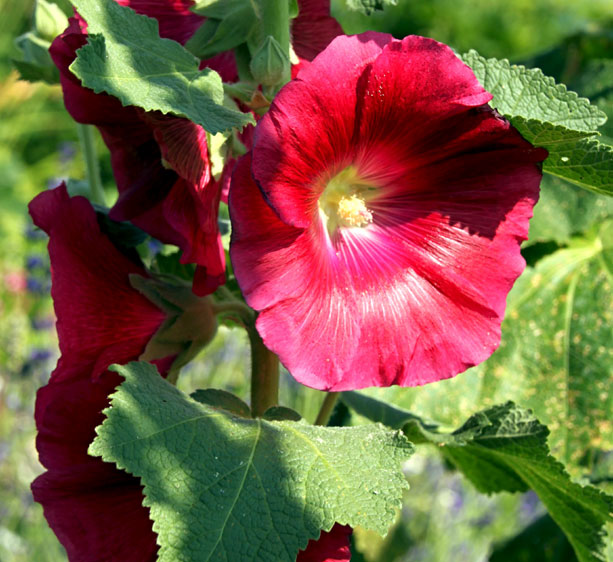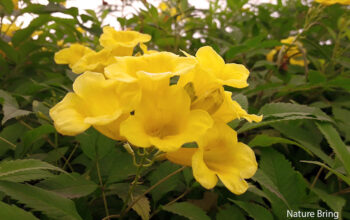Hollyhocks (Alcea Rosea)
How to grow Hollyhock | Growing Hollyhocks. Hollyhocks (Alcea Rosea) is native to Asia and the eastern Mediterranean and belongs to the Mallow (Malvaceae) family. It contains about 1500 different species, in which 27 genera are found in North America. Hollyhocks can be annuals, perennial or biennial, depending on gardeners; Hollyhock flower looks very beautiful and attracts hummingbirds and butterflies. If you want to develop a vertical element for your garden then this is a good choice. Full-size plants go up to a height of about 6 feet. Hollyhock is generally hardened between the 3 and 8 USDA hardiness zone. Its dwarf species perform well in containers. Follow from growing Seeds. see also. Sarah raven.
Classification hollyhock flower
Scientific name Alcea Rosea
Common name Hollyhocks
Plant type Flower
Sun required Full Sun
Soil Rich soil, Moist soil
Soil PH 6.5-7.5
Flower color Pink, Red, Blue, Yellow, and White
Blooming Time Mid to late summer
Zone 3-8
Growing hollyhocks
Location and soil
Hollyhock plant prefers the presence of full sun to partial shade, less light is resistant to a flower blossom. For this, rich soil and well-drainage is appropriate and best developed in 6.0 to 7.5 neutral pH range. One part peat moss, one part perlite, and one part garden soil are the most suitable mixture for this. It maintains moisture in the soil and makes good air circulation to the roots.
Grow Alcea Rosea plants against walls, buildings, and fences so that the tall nature of plants can get screening and some support in the windy location. Read more.
Sow
You can sow Alcea Rosea seeds directly in the soil 1-2 weeks before the last frost, seeds will germinate within about 10 to 15 days. Planting thin 18 to 30 inches apart after germination.
Hollyhock Propagation
- Hollyhocks can be well propagated by seeds.
- During September and October, select short side shoots from the based on a favorite variety of young plants. Put these shoots in a tray filled with potting mix and keep them in a closed shaded frame, until the leaves become plump. A little ventilation can be given, the leaves will dry out due to excess ventilation. As soon as the roots appear in the shoot you can keep them in full light and in the air.
- Hollyhocks can also be propagated by division. Winter in spring or fall when it does not bloom, lose the ground soil around the plants, then gently pull the stalk out of the ground and keep the long roots safe and put them in a bucket filled with water. Once rooty stalks are collected, transfer it to the ground.
Hollyhocks can be well propagated by seeds. Read more.
Hollyhock care
1. Watering
Hollyhock plants do not like dry clay. During warm and dry weather, it requires regular watering. Water always leaves the plant surface, flowers will not harm.
This plant requires good drainage. Do not allow water to be logged around the plant. Water after leaving the water and after drying the surface.
2. Stakes
These plants are taller, they need support in windy locations. Once the flowers grow in the form of stalks, place stakes, and ties the plant, but before the flower begins.
3. Pruning
- Clean deadhead flowers immediately with stalks, it reduces diseases of flowers and leaves. However, every year, hollyhocks have to leave some of the flowers on the stalk, so that they can establish seed replacement plants.
- After flowering for the season, cut the plants to about 15-20 centimeters and cover the stamp with coal ash; it protects the plant from slugs and snails and causes water to come out to the soft stem. In this way, its plants will last for many years.
4. Fertilizer
Hollyhock plants are heavy feeders, so they require more feeding, use all-purpose Fertilizers in the growing season. Hollyhock, Alcea Rosea requires fertilization in spring. Until the flowers are fully developed. Use liquid fertilizer initially for fertilization. When and how much fertilizer is required depends on the quality of the soil and its location.
Harvesting
- Allow hollyhock flower to become seeds. When the flowers are developed brown pods, keep them safe, for that you can use a brown lunch bag or ordinary paper bag. After a few days remove this pod and leave seeds open to the paper towels. Seeds are trapped inside the pod, separate them.
Hollyhock pests and diseases
Usually, hollyhock flower shows brown spot, holes and yellow color infections, it is fungal infections, can be avoided by fungicide at the beginning of the season, remove the affected area immediately. Plant these tall flowers in air circulation sites, snails and slug invasions have also been observed.
Hollyhock “Nigra”
‘Nigra’ is a strong biennial, perennial plant. Their color is dark chocolate, maroon. It has a length of 3 feet of the container, but on the ground, it is 5 to 6 feet. They like the perfect Sun. Their flowers enhance the beauty of the garden from the Midsummer to the Late Summer. These plants grow very well from Zone 3 to 8. Nigra prepares a great background for your garden. These dramatic flowers are almost black in color.
Read also: Best flowers for Bees and Butterfly garden. How to Grow Black Pepper. Chrysanthemums growing and caring. How to grow Onion in containers. Growing Spring Onion in containers. 8 Common Gardening Mistake easily avoided. Growing and caring Cornflowers. Watermelon growing and caring tips. Ivy gourd growing and caring guide. The best filler plants for container gardening.
Happy gardening
For Pin:







